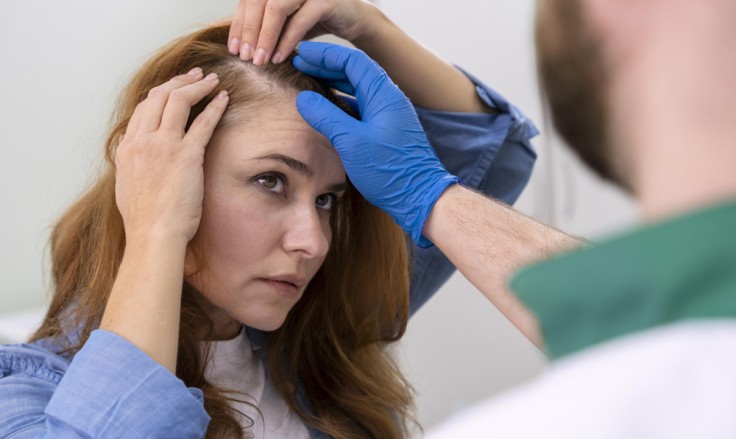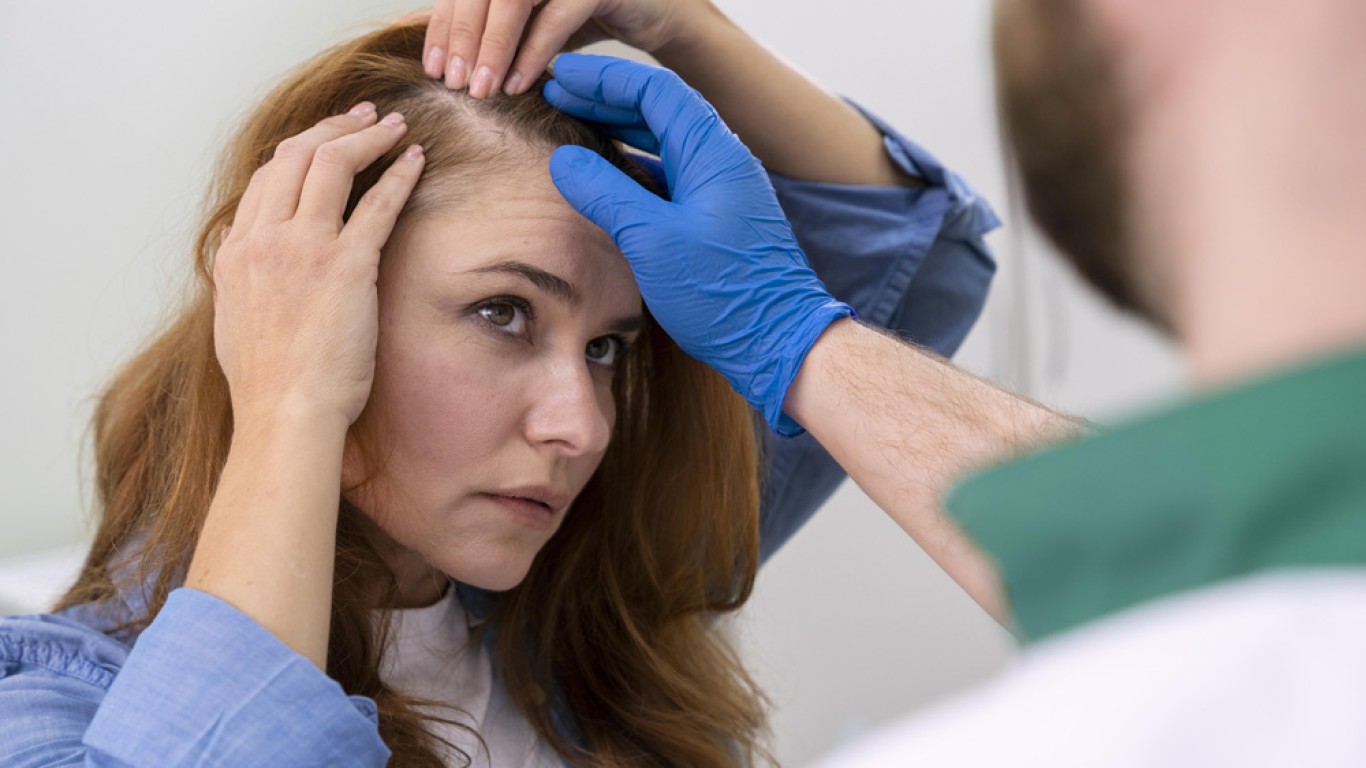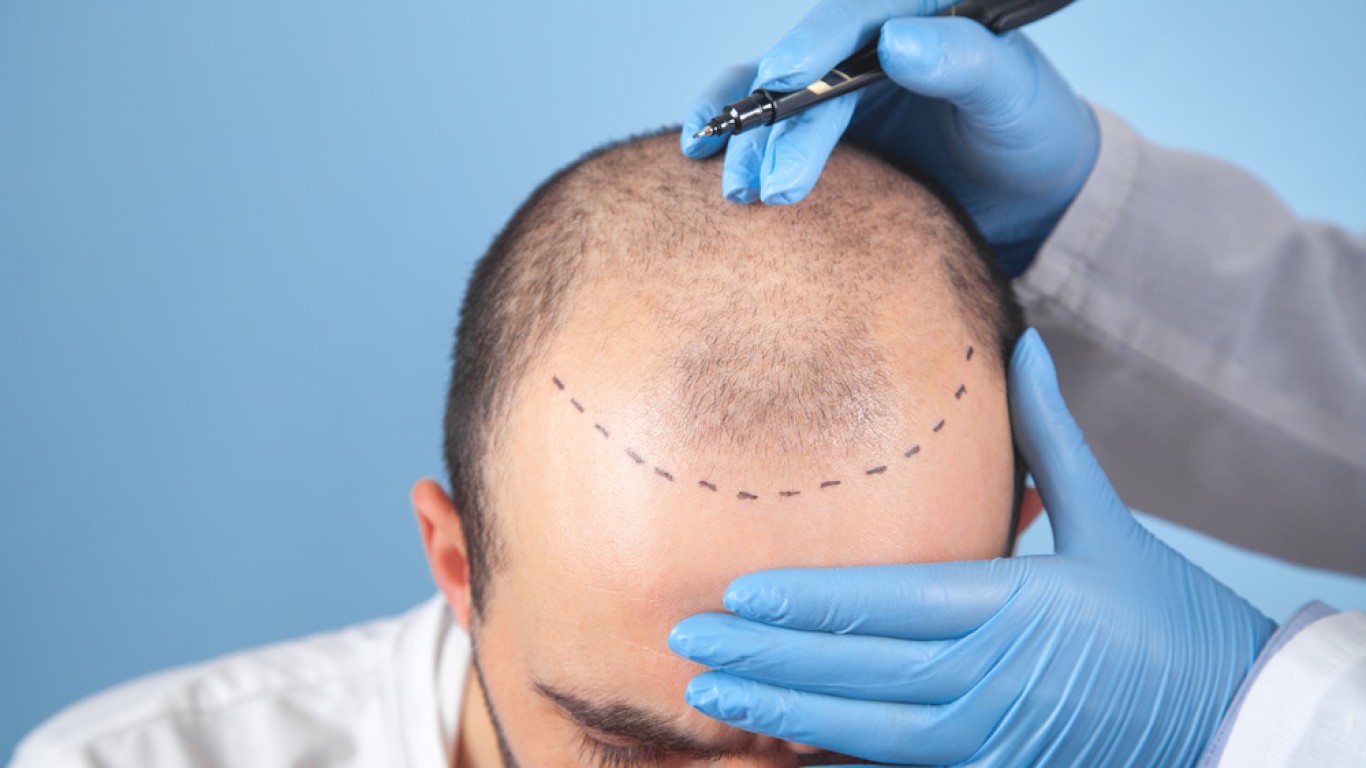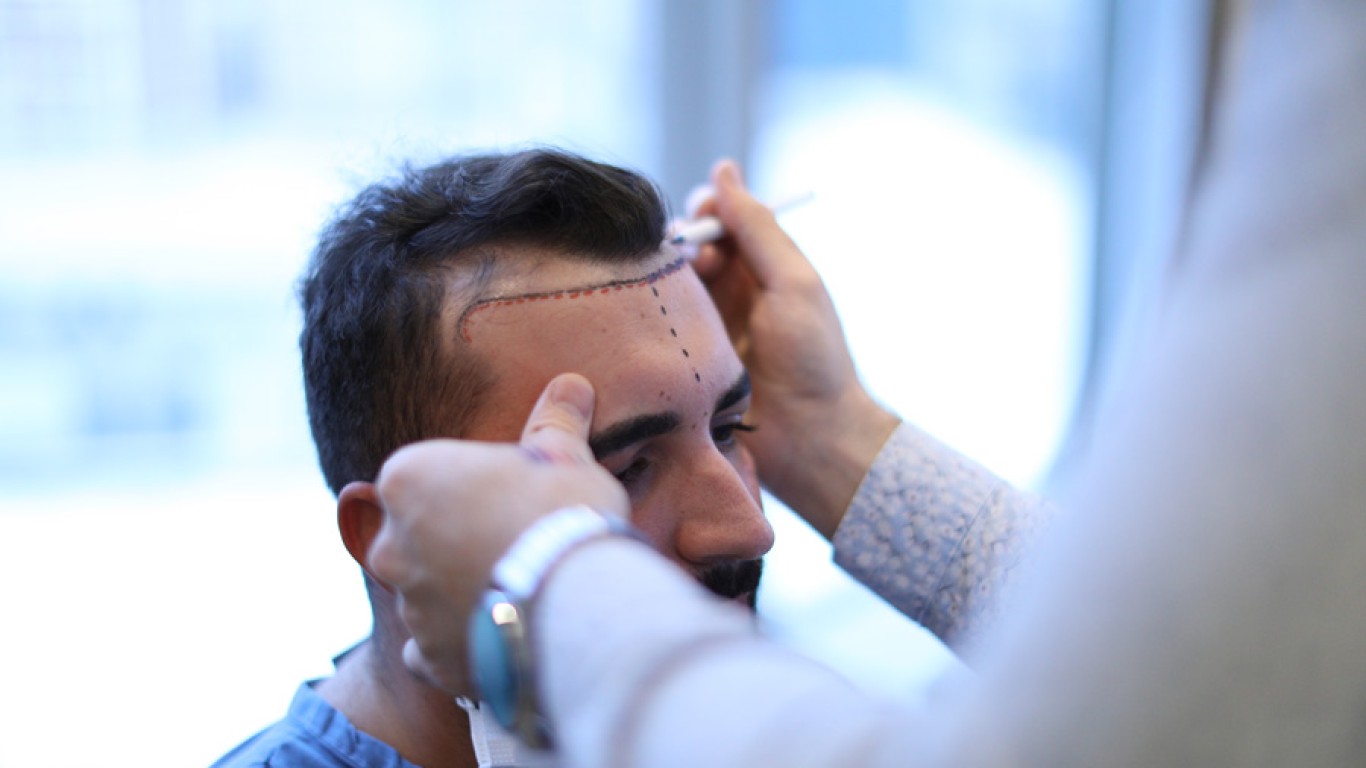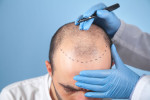Introduction
Hair loss affects women as well as men. Although often less discussed, female hair thinning can impact confidence. For those seeking a long-term solution, Follicular Unit Extraction—better known as FUE—offers a minimally invasive option. But does it work for women, too? This article explores how FUE works, its suitability for female patients, and the results they can expect. If you're considering hair restoration, understanding this method is the first step toward informed decisions.
What Is FUE?
FUE is a modern type of hair transplant. It involves extracting individual hair follicles from donor areas, usually the back or sides of the head. These are then implanted into thinning or balding areas. The technique avoids the linear scar left by older transplant methods. Instead of removing a strip of skin, the procedure uses tiny punches to extract each follicle. This creates natural-looking results with minimal recovery time. It is often preferred for its subtle outcome and low downtime.
Why Women Consider Hair Transplants
Although male-pattern baldness is more common, women experience hair loss too.
Female hair loss can result from:
- Hormonal imbalances
- Genetics
- Stress
- Pregnancy or menopause
- Certain medications
- Nutritional deficiencies
Unlike men, women often lose hair more diffusely across the scalp, making diagnosis and treatment more complex. But in many cases, FUE can provide effective results for women, too.
Is FUE Suitable for Women?
Yes, FUE can be a suitable option for many women. However, candidacy depends on several factors:
- Donor area quality: There must be strong hair growth at the back or sides of the head.
- Type of hair loss: Localised thinning responds better than overall diffuse thinning.
- Underlying conditions: Hormonal or medical issues should be treated first.
- Scalp health: A healthy scalp supports better graft survival and healing.
Women with female-pattern baldness, trauma scars, or thinning along the part line may benefit most. However, not every woman is a candidate, so medical evaluation is essential.
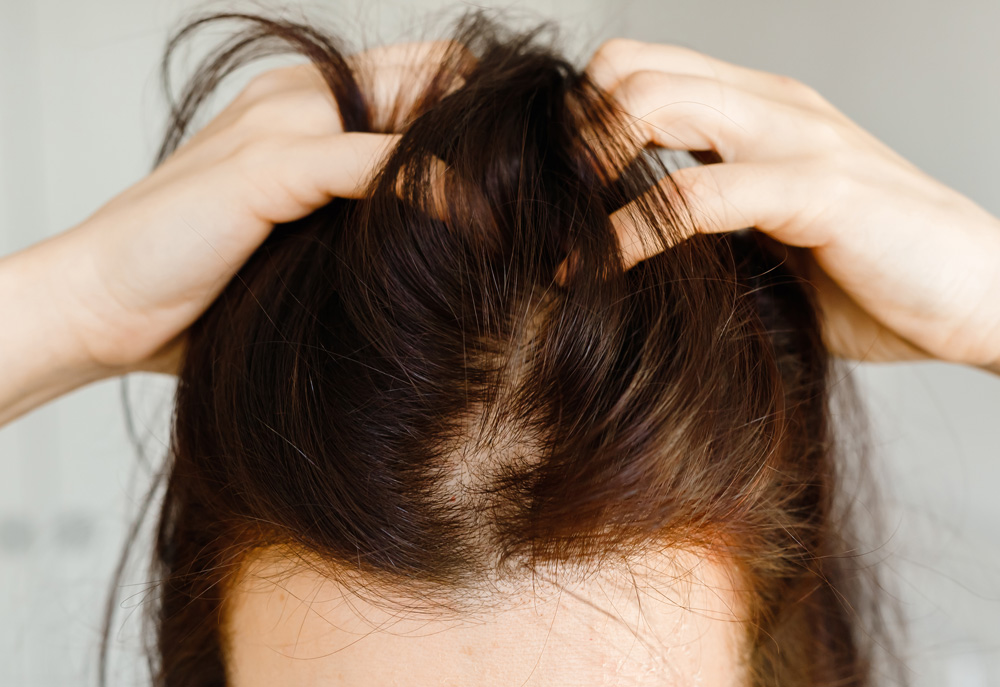
FUE for Women vs. Men: What’s Different?
While the technique is the same, the approach often differs between genders. Women usually have different hairlines, density needs and aesthetic goals.
Some distinctions include:
- No need to shave the entire head: Women can often keep longer hair around treated areas.
- Careful graft placement: Female patterns require specific angles for natural-looking results.
- Smaller treatment zones: Often focused on part lines or temples.
Additionally, because women may be more affected by scarring or hair thinning stress, clinics often provide tailored aftercare for emotional and cosmetic concerns.
How FUE Is Performed for Women
The FUE process for women involves several careful steps:
- Consultation: Your surgeon will assess hair loss pattern and donor density.
- Design: The area for implantation is planned to match your facial features.
- Extraction: Hair follicles are removed one by one using a micro-punch.
- Implantation: Follicles are implanted into thinning zones with natural alignment.
- Healing: The scalp heals within a few days, with new growth visible in months.
Most procedures are done under local anaesthesia and completed in a day.
Benefits of FUE for Women
Women undergoing FUE experience a number of benefits, including:
- Natural-looking results: Grafts follow the natural growth direction of existing hair.
- Minimally invasive: No stitches or major incisions required.
- Discreet healing: No visible scarring in most cases.
- Quick recovery: Back to regular activities in a few days.
- Customisable: Surgeons tailor treatment plans for each patient.
These advantages make FUE especially appealing for women wanting discreet, effective restoration.
Limitations to Keep in Mind
Despite its strengths, FUE isn’t suitable for every woman. Some key limitations include:
- Diffuse thinning: Makes it hard to find a stable donor area.
- Hormonal imbalance: Can lead to poor transplant results if untreated.
- Unrealistic expectations: Transplants can improve density, but won’t recreate full teenage thickness.
- Repeat sessions: Some may need more than one round of implants.
Also, it’s crucial to maintain realistic timelines. Hair starts growing after 3–4 months and takes up to a year for full results.
Aftercare and Recovery
After FUE, women should follow specific care instructions to support healing:
- Avoid washing your hair for 48 hours
- Use mild, prescribed shampoo
- Avoid hair styling tools for one week
- Stay out of direct sun for 14 days
- Avoid strenuous activity for a week
Shedding of transplanted hair is normal in the first month. This makes way for new, permanent growth to begin.
Expected Results and Longevity
Results of FUE for women can be long-lasting. Once new hair grows, it continues like the rest of your natural hair. Patients typically notice:
- Thicker hair along the part line
- Improved density in previously thinning zones
- A confidence boost and restored hairline
Results can last many years, especially when supported with proper scalp care, good nutrition and medical check-ups.
Alternative Treatments for Female Hair Loss
If FUE is not suitable, other options are available:
- PRP therapy: Uses your blood’s platelets to stimulate hair growth
- Minoxidil: A topical solution approved for female pattern baldness
- Nutritional supplements: To address deficiencies affecting hair
- Hormone therapy: Useful in cases involving menopause or thyroid imbalance
- Scalp micropigmentation: Cosmetic tattooing to create the illusion of density
Sometimes, a combined approach yields the best results. Your surgeon will help select the ideal plan.
Conclusion
Yes, FUE can work effectively for women, especially those with defined thinning zones and healthy donor hair. While results vary by individual, this method remains a leading choice for natural, long-lasting hair restoration. If you're a woman experiencing hair loss, a thorough consultation with a skilled clinic will determine your suitability. By understanding the options, expectations and benefits, you’ll be better equipped to decide whether FUE is right for you.
For more information on FUE and to book a consultation visit the ACIBADEM Beauty Center Hair Transplant webpage.
Frequently Asked Questions
Not always. Many clinics use partial shaving or work through existing long hair.
New growth begins around month three. Full results are visible after 9–12 months.
No. Local anaesthesia is used. Discomfort is minimal during and after the procedure.
Yes, but wait at least 4–6 weeks before using dyes or chemicals.
Yes, transplanted hair is usually permanent, though it still needs regular care.
